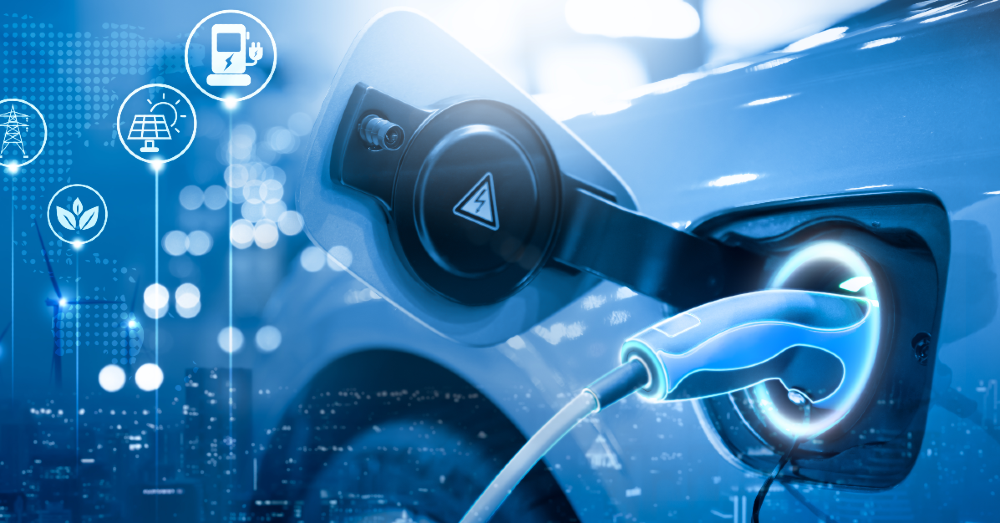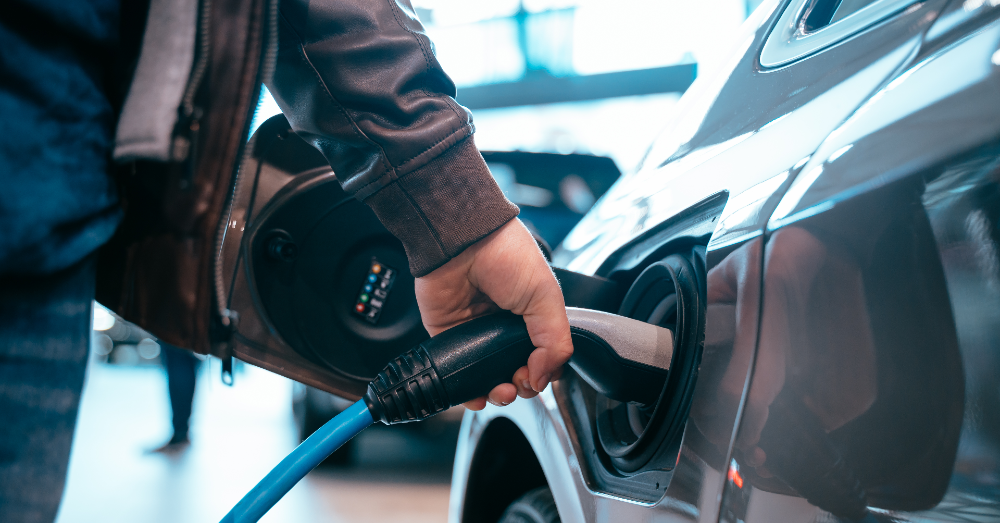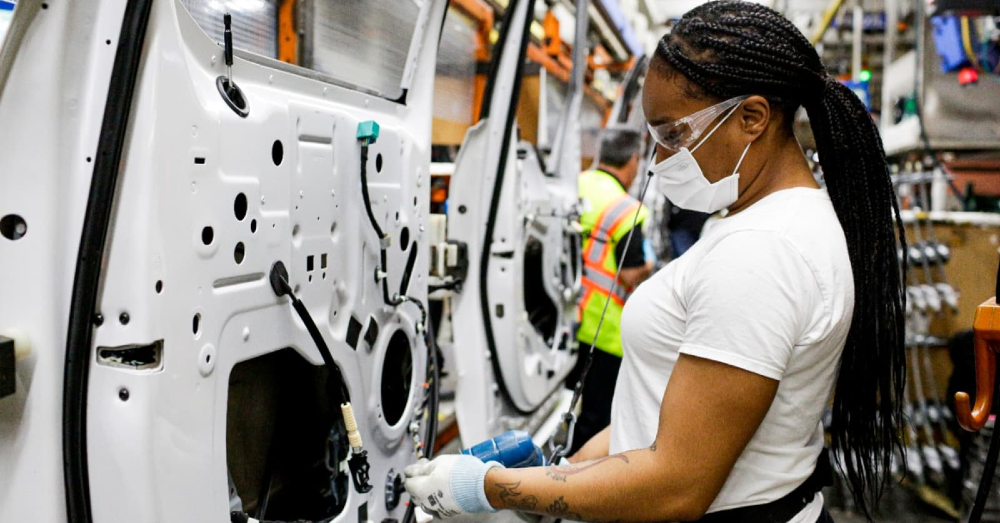
Electric Vehicle Adoption in America: A Forced Shift or Much-Awaited Change?
Are we being forced to accept electric vehicles, or is this something that most Americans yearn for? How many are thinking their next vehicle will be an EV?
As governments push for more electric vehicles in the market, and we know more about these vehicles than ever before, we wonder if electricity is the answer over gasoline and diesel. So far, EVs have been developed to give us adequate driving ranges to handle a full day of driving for most people, but is that enough for these cars to become the future of driving? Also, will most Americans be happy when electric cars are the only options left for their driving future?
How many Americans will buy EVs?
It wasn’t long ago that the entire EV market made up less than 5% of the automotive market in America. We’re coming ever closer to the 2030 timeline for automakers to have a 50/50 split between electric vehicles and traditional models. Today, about four in every ten Americans are seriously considering an EV as their next vehicle. This information is reported by a Pew Research Center study.
Although 38% of Americans think they will buy an EV as their next vehicle, nearly half of all US adults are not likely to consider an EV as their next purchase. Finally, another 13% say they don’t intend to purchase a vehicle. The number of Americans interested in purchasing an EV is down four percentage points compared to 2022.
Shouldn’t the numbers increase?
The Inflation Reduction Act was put into law in August of 2022, which means the figures should have gone up. Offering up to $7,500 in tax credits must not have been enough to change the minds of many Americans regarding electric vehicles. The increased emission regulations mean more automakers are working on EVs than ever before. The share of EVs on the road has risen sharply over the past few years to 8.5% compared to much lower previous figures.
Which Americans are most likely to buy EVs?
The Pew Research Center study reports most Americans interested in buying electric cars either already own a hybrid or live and work in urban areas. This makes perfect sense because it means these drivers already understand the benefits and experiences of electric driving and live in areas where they wouldn’t have to travel far for work.
Among those Americans considering an EV purchase, 72% say the most important reason is to help the environment, and 70% say they want to save money on gas. These are the top two reasons some consider these vehicles, while 12% cite keeping up with the latest trends in vehicles.
What are the major drawbacks to EV adoption?
One of the greatest challenges Americans cite for electric vehicle adoption is the availability of reliable and useful charging stations. It’s widely known that several networks exist, and some networks haven’t maintained equipment well. That said, most EV owners charge their vehicles at home, and some who use public charging statins find them to be unreliable or limited in number.
The government’s plan to install more EV charging stations around the country is going much slower than the increased sales of EVs. Additionally, these stations don’t support a universal charging port, which is troublesome.
Why do we need universal charging ports?
Think about it this way; if you need gas, you can go to any gas station and fill up. The nozzle on the pump fits into your gas tank port, and the only considerations are the price of gas and the condition of the station where you stop. The same isn’t true of electric vehicles. At least three different plugs exist, and not all chargers support all three connections. This makes it much more difficult to find the right charging location to plug in and get your vehicle recharged.
Thankfully, many automakers are beginning to adopt the Tesla charging connection, which could make this connector the National Charging Standard and increase the ease of use and availability of EV charging stations to refuel electric vehicles.
What about charging range?
The charging range is another drawback to EV adoption. Although automakers can list the charging range with a full charge, they also suggest that owners don’t charge their EVs to 100% during most charges. Automakers also suggest EV drivers don’t allow the batteries to drop below 10% of the full charge. This means a useful charging range is between 10 and 90 percent (80 percent in some cases), severely limiting the miles driven between charges.
Will all Americans ever favor driving electric vehicles? Probably not, but more EVs are hitting the market every year, phasing out gas and diesel-powered vehicles.
This post may contain affiliate links. Meaning a commission is given should you decide to make a purchase through these links, at no cost to you. All products shown are researched and tested to give an accurate review for you.



